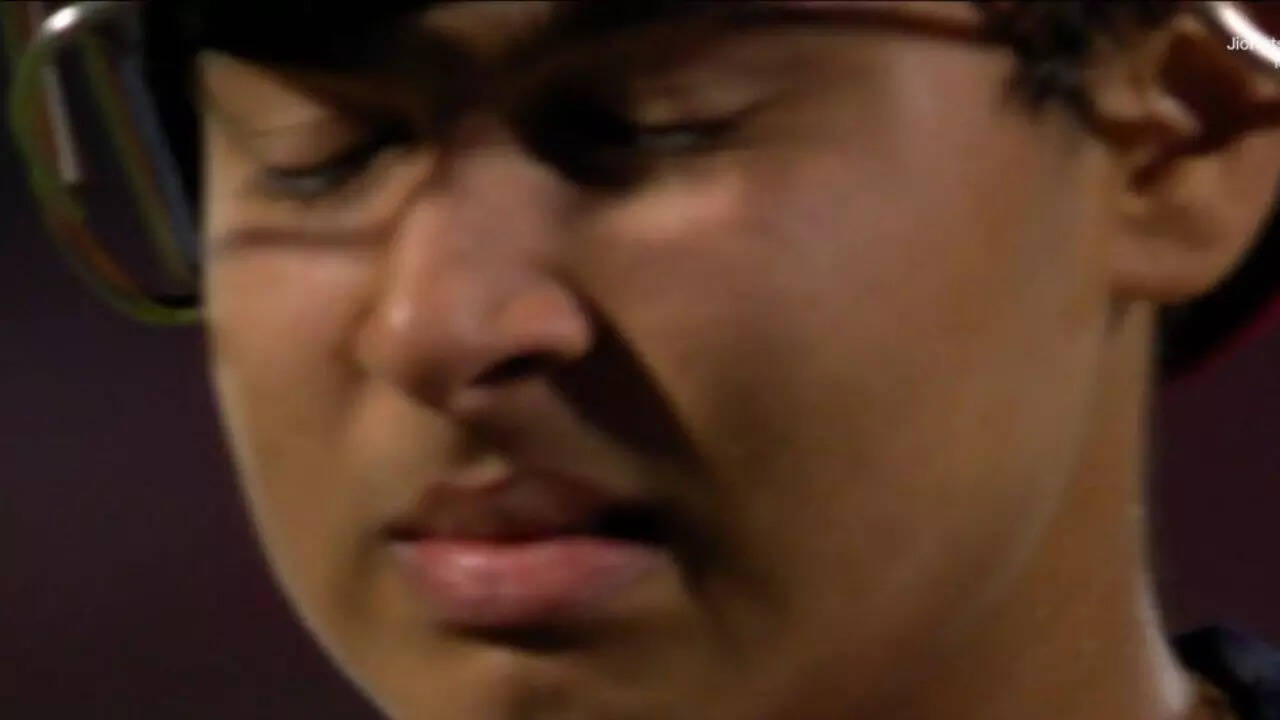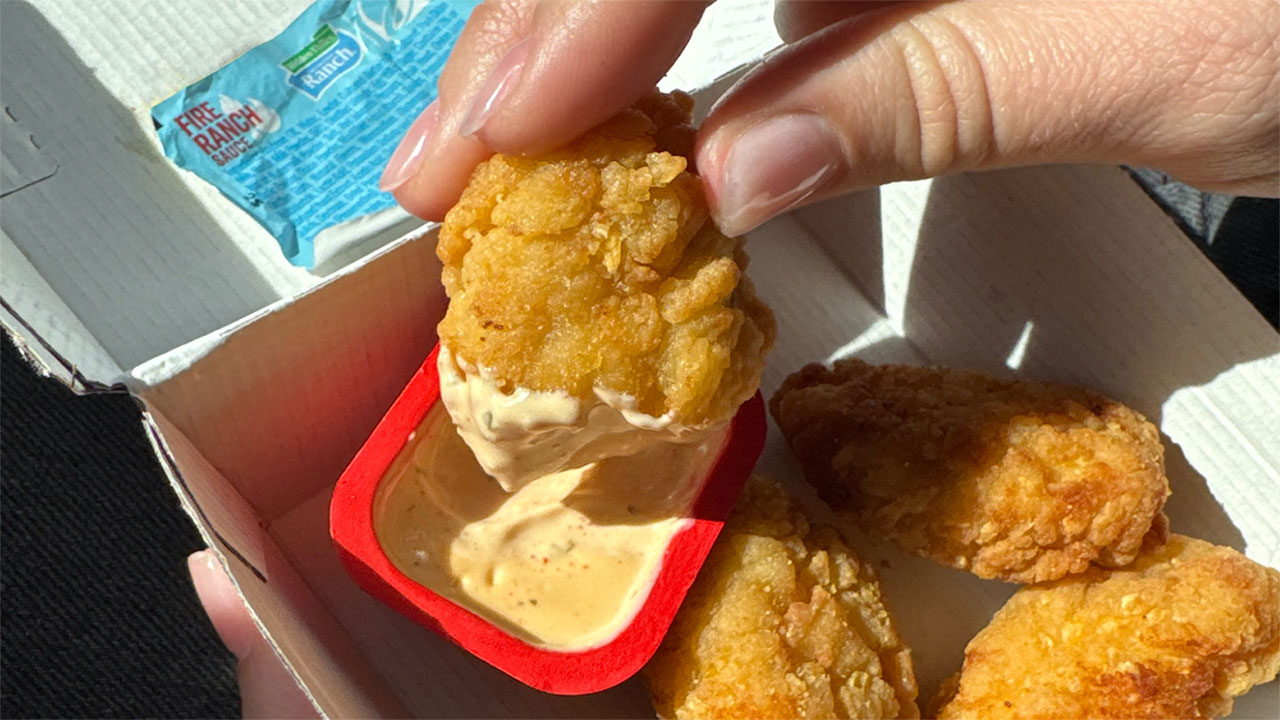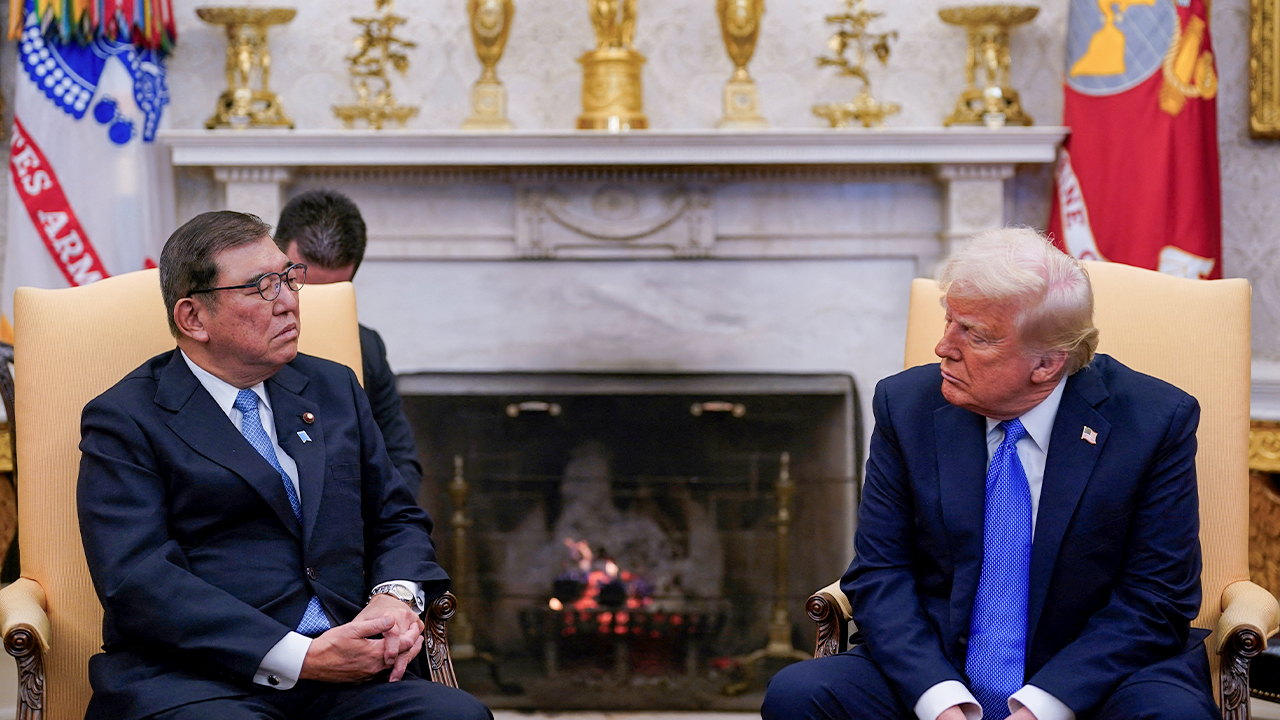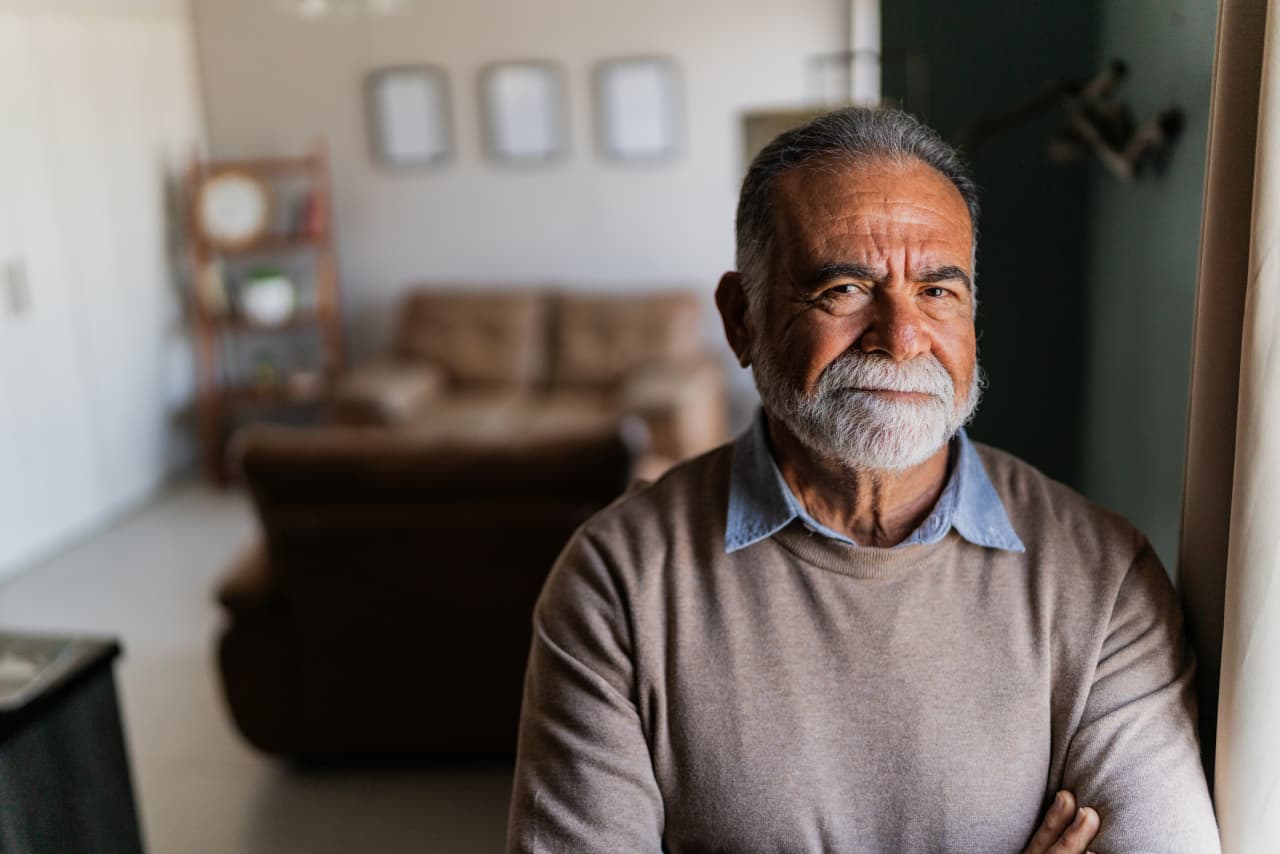Archaeologists uncover remnants of Florida's short-lived British past in St. Augustine: 'Always fascinating'
City archaeologist Andrea White of St. Augustine, Florida, spoke with Fox News Digital about a recent excavation that unearthed remnants of the city's brief British past.
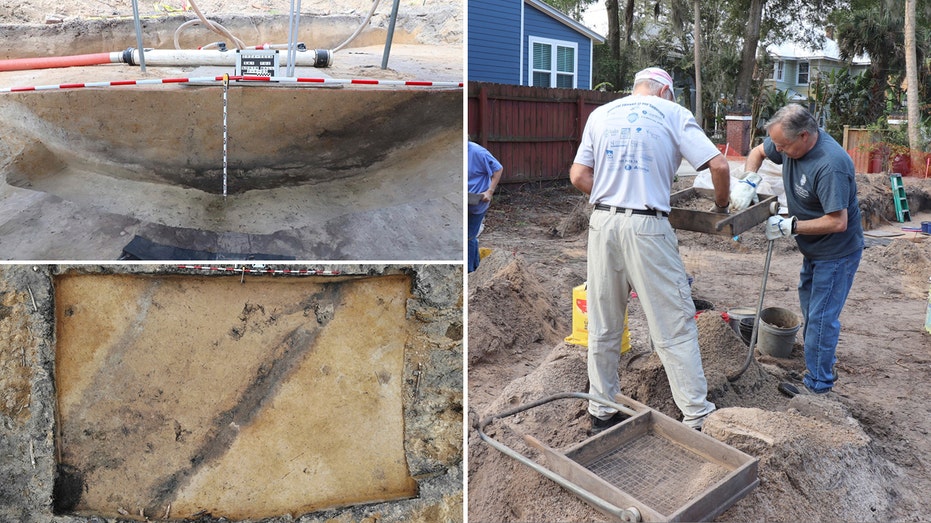
Archaeologists in the oldest city in the United States recently excavated part of an historic district — unearthing remnants of its short-lived British past.
Fox News Digital spoke with Andrea White, a city archaeologist in St. Augustine, Florida, about the excavation. The project took place in the city's Lincolnville neighborhood and wrapped up in February. (See the video at the top of this article.)
Archaeologists were digging at the site as they made way for construction and discovered the dried-up moat of a British redoubt, or small outpost.
TRAVELERS HEAD TO ‘MOST WELCOMING CITIES' IN AMERICA: SEE IF YOURS MADE THE LIST
"We knew there were a series of British redoubts," White said.
"In St. Augustine, everyone thinks about the Spanish period, but we actually had a 20-year period where the British were in control of both East and West Florida."
St. Augustine was primarily a Spanish military town in the first 200 years of its history, beginning in 1565.
Florida came under British control when Spain traded it for Havana, Cuba, which had been captured by the British.
In 1763, through the Treaty of Paris, the British gained control of Florida and the Seven Years' War (1756-1763) ended. But the British inhabitants of St. Augustine still worried about attacks by the Spanish — hence the fortifications, according to numerous historical accounts.
ARCHAEOLOGISTS DISCOVER LONG-LOST TOMB OF UNKNOWN PHARAOH IN EGYPT
At the end of the American Revolution, the Spanish crown was given back control of Florida in exchange for some of their assistance to the British. The Sunshine State didn't become U.S. territory until 1821.
"The Spanish actually attacked both [the port of] Mobile and Pensacola," White said. "So there was a great fear that there could be an attack on St. Augustine."
"A series of these small redoubts were constructed sort of surrounding the historic town with plans to actually connect them by a series of walls and defensive moats," White added.
"But that kind of never came to fruition because the American Revolution ended, and so did the threat to the British at the time."
ANCIENT SETTLEMENT REVEALS REMAINS OF 1,800-YEAR-OLD DOG, BAFFLING EXPERTS: ‘PRESERVED QUITE WELL’
One of the most surprising parts of the excavation, first reported by The Associated Press, was not what the archaeologists found, but what they didn't find.
White told Fox News Digital the artifacts they uncovered were few and far between.
"In [an] urban context, we're used to finding tons of artifacts because people have lived here for over 4,000 years, but in this case, it was really the lack of artifacts that surprised us," the historian said.
ANCIENT TOMB TIED TO ROMAN GLADIATOR DISCOVERED BY ARCHAEOLOGISTS
"So we might've found a few pieces of pottery, a couple of pieces of [shotgun pellets], little pieces of lead that would've been used to fire out of a gun," she said.
But while many people may think archaeology is just about digging up artifacts, White encouraged a broader perspective about the field.
"Everyone associates archaeology with finding things, and it's really the information that we're after as archaeologists," White said.
She added, "[It's] not what you find, but what you'd find out."
One of the most interesting takeaways was the amount of seeds in the moat, which had survived thanks to the environmental conditions.
"They were really well-preserved because it's kind of in the water table at this point in time. The water table has risen over the last few centuries," she noted.
For more Lifestyle articles, visit foxnews.com/lifestyle
"So we've just started working with an ethnobotanist … and she's been starting to help us study these plant remains, these seeds. We're hoping to learn a lot more."
White also said the redoubts were some of the only British-constructed fortifications in the city. When they took control of the territory, the British inhabitants usually reused Spanish infrastructure instead of building their own.
CLICK HERE TO SIGN UP FOR OUR LIFESTYLE NEWSLETTER
"Everything else was either already here and the Spanish built it, and the British might've modified it a little — but this was something that was uniquely British," she said. "We know there's at least six additional [redoubts] out there."
White added that she hopes the group finds "evidence … now that we sort of know what to look for, especially since there's not a lot of artifacts associated with them."
St. Augustine's city archeology program conducts over 60 projects a year, with archaeologists constantly learning more about the city's past.
At a time when many fascinating excavations are taking place across the world, from Europe to the Middle East, White emphasized the amount the U.S. has to offer in terms of archaeology.
"I think sometimes we're surprised: 'Wait, there's archaeology in America, in our own backyard?'" she said. "Yes, there is archaeology everywhere."
"It may not be as old as some people want to think, but there's stuff everywhere. [Archaeology is] always fascinating … and it's a great way to learn about ourselves today, too."
Fox News Digital's Brooke Curto, as well as The Associated Press, contributed reporting.
What's Your Reaction?















